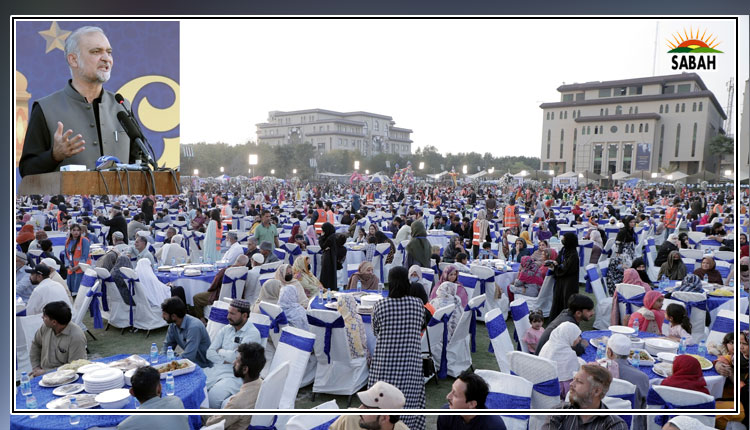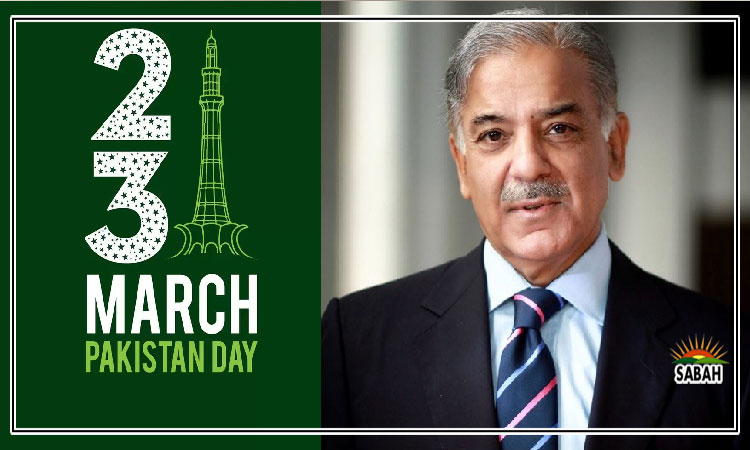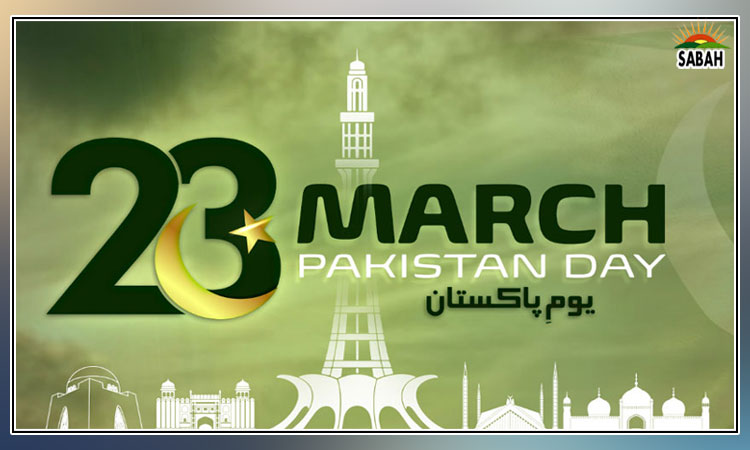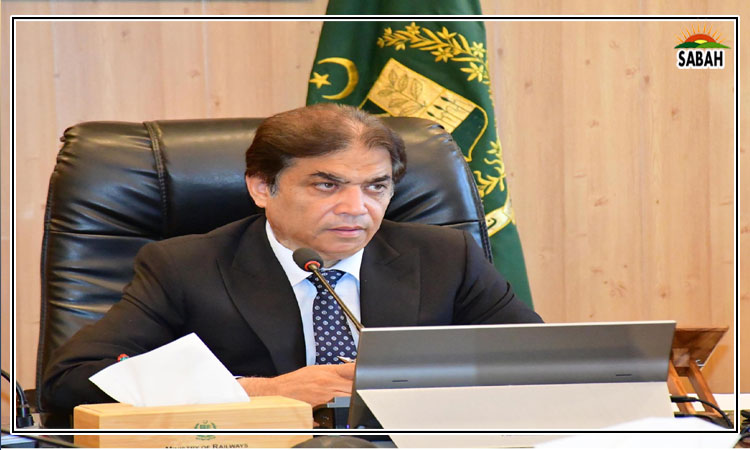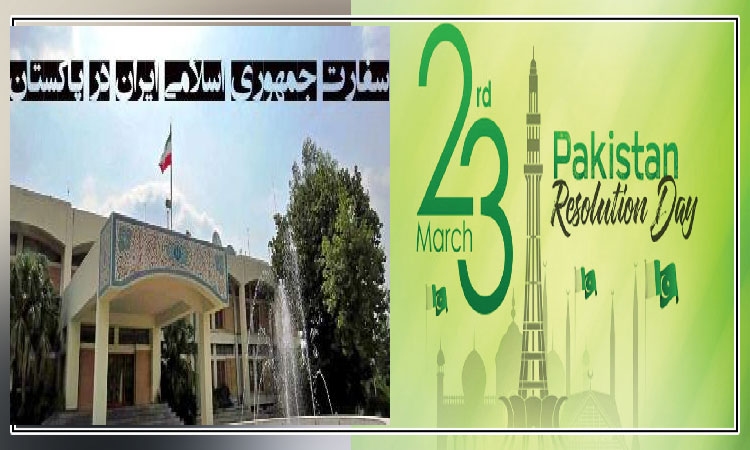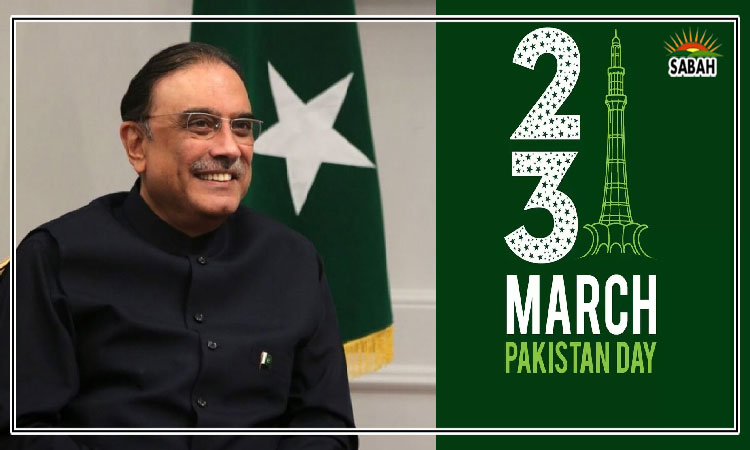Leave it to cricket ……. Muhammad Abdul Basit
If nothing else, people in Pakistan and India love a collaboration in the sphere of sports – mainly cricket. It’s a rivalry that stirs up intense feelings, where success isn’t only measured in the runs scored or the wickets taken but also in national pride.
Cricket lovers wait desperately for their teams to play one-on-one. Unfortunately, that happens only once or twice a year now, or hardly even that. A few decades ago, people were able to watch the hostile yet enjoyable rivalry, sometimes a series every year, when the Pakistan cricket team used to visit India and vice versa.
Emotions used to be at a high in every match. Even in small towns, barbershops and chai stalls/cafes were overcrowded with TV screens telecasting the matches live. The ball-by-ball commentary and the cheering roars by cricket fanatics watching the swings uprooting the stumps and the ball bouncing to the boundaries used to be a sight of joy. Why has this been taken away from cricket enthusiasts? The sport has become hostage to politics.
In the tempestuous arena of international sports, hardly any rivalry burns as fiercely as that between India and Pakistan on the pitch. It’s a rivalry steeped in history, drenched in passion, and embedded in the very hearts of tens of millions. Yet, beneath the thunderous roars of the fans and the thrill of each boundary and wicket lies a complex tapestry woven with threads of politics and power. As bat meets ball in these high-stakes contests, politics invariably steps to the crease, affecting the game in ways as intricate as the sport itself.
The rivalry between these two cricketing behemoths has been nothing short of legendary since their first encounter in 1952. Their cricket history is full of thrilling last-over finishes, historic under-pressure battles and fiery moments that will live on in the collective memory of spectators.
The cricketing crucible between India and Pakistan has its own epic storyline, where the echoes of rivalry resonate through the annals of history, much as the sun-kissed grounds of Lords and the immaculate cricket venues of Sydney bear witness to the fabled chronicle of the Ashes. Unlike Ashes, the sport gets hooked up by the flames of politics in the case of Pakistan-India matches.
The Ashes represent a contentious yet sportsmanlike exchange between England and Australia. There is sanctity within sport, a realm where political fervour should, ideally, remain at bay. The pitch should be a place where sports rivalry reigns supreme, free from the influence of political unrest. Sports should act as a symbol of unification, where conflicts are decided with balls and bouncers rather than under the weight of geopolitical obligations. Because when politics is put aside for the sake of the game of cricket, it is at those times that nations come closer in the name of sports, praising the game’s beauty free from the noise of political strife.
Conventional (Test) cricket is nearly extinct between the two neighbours. Since December 2007, there have been no Test matches between them. The revered history of Test cricket stands as a beacon of endurance and a monument to the sport’s origins as the cricketing world hastily moved towards shorter forms with scorching boundaries and high-octane showdowns. However, there is a noticeable gap when we focus on the long-standing rivalry between India and Pakistan, a gap that bemoans the lack of Test matches between these two cricket archrivals. A poignant representation of the volatile relationship between the two countries is the lack of Test matches in this long-running rivalry, which is apparently caused by political concerns.
The spirit of Test cricket, with its emphasis on perseverance and patience, may just be the bridge needed to span the gap and usher in a new era of enduring cricketing competition between these two powerhouses. Neither Pakistan nor India has tried lately to fix the mutual political issues pertaining to cricket. In an environment where even the Indian Premier League (IPL) excludes the cricket stars of a nation based on political tussles, hardly any good can be expected in the short run.
On the Pakistan side, the problems are even deeper, not merely limited to international politics but domestic politics too. Even the appointment of the chairman of Pakistan Cricket Board is based on political affiliation. A good example would be how, because of the tussle between political parties within the country, the PCB excluded cricket legend Imran Khan from its August 14 video that paid tribute to Pakistan’s cricket stars, and included him only after facing a strong criticism. Politicizing cricket has never been good for the sport.
If cricket were to come in contact with politics at any cost, it should ideally have been for a constructive role. At its heart lies cricket diplomacy – not a very powerful tool but one certainly able to play a pivotal role in de-escalating tensions. There have been notable examples of cricket acting as a bridge for peace throughout India and Pakistan’s history, which has been characterized by sporadic outbreaks of antagonism. A thaw in ties was brought about in 1987 simply by state leaders attending a cricket match between the two countries in Jaipur.
More recently, the semifinal match of the 2011 Cricket World Cup provided a hint as to the potential of cricket diplomacy in promoting communication and understanding between the leaders of the two nations. These incidents serve as striking examples of how cricket, a sport loved by millions, can bridge political barriers and provide a ray of hope for peaceful coexistence. The cameras blinking toward the crowd send powerful messages to the millions watching them online. Seeing state officials sharing a stage is definitely something that can pave the way for healthy dialogues in the political arena – only if there is a will.
Cricket diplomacy has a special chance to improve the tense political ties between India and Pakistan. Within the confines of the cricket arena, national boundaries blur, and the spirit of competition is laced with an underlying desire for harmony. It turns into a venue where citizens from the two countries may interact, not as foes but as fans with similar interests.
More importantly, cricket diplomacy serves as an example of interpersonal interaction whereby spectators and athletes can develop bonds and hostility can give way to empathy. Political leaders must understand the power of this phenomenon because, in the world of cricket diplomacy, they have a powerful tool at their disposal to mend tense ties. Leaders may pave the path for not just runs and wickets, but also peace and goodwill to blossom between these neighbouring nations whose competition on the fields is arguably the greatest of all sports rivalries.
The writer is a political scientist with a focus on international relations and
sociopolitical issues. He can be reached at: abdulbasit0419@ gmail.com
Courtesy The News



